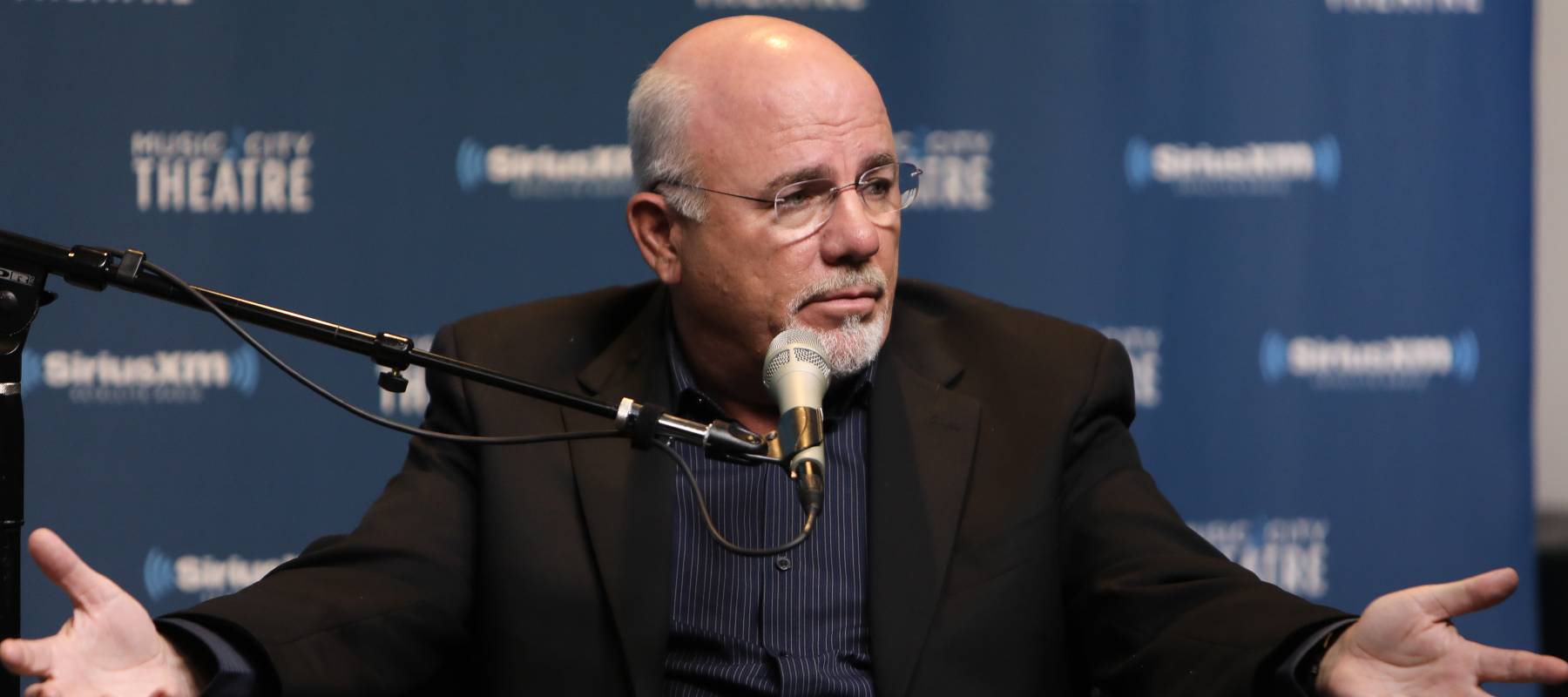How do you pay less tax on retirement income in Canada?
It’s vital to be as tax-savvy as possible when it comes to how to handle retirement income. Luckily there are a variety of ways to reduce your tax owing.
Pension income splitting: This is an ideal approach if you and your spouse/partner are in different tax brackets. If you're married or in a common-law relationship, you can split up to 50% of your pension income with your spouse. This can greatly reduce your household’s tax burden.
Maximize tax brackets: To keep taxes low, you’ll want to stay in the lowest tax bracket possible and avoid making so much income that you’re bumped to a higher tax bracket. One of the easiest ways to stay in a lower bracket is to reduce the amount of income you get (if possible) from taxable sources. If you need money, try to withdraw the income from a non-taxable source like a Tax-free Savings Account (TFSA) rather than a Registered Retirement Savings Plan (RRSP) (where you’ll pay taxes on your withdrawal amount).
Max out your TFSA: Unlike RRSPs, withdrawals from TFSAs are not taxable. By strategically using your TFSA for retirement savings and withdrawals, you can enjoy tax-free income in retirement. Just remember that your contribution amounts are strictly limited each year and if you put too much money into your TFSA, you’ll be penalized.
Strategic RRSP/RRIF withdrawals: Plan your withdrawals from RRSPs or Registered Retirement Income Funds (RRIF) carefully. Consider making larger withdrawals in years when your income is lower to avoid pushing yourself into a higher tax bracket in the future. Keep in mind that while the money you earn in an RRSP or RRIF is not taxable while held in the account, the money is taxed once you withdraw it.
By understanding and implementing these tax-efficient approaches, you can potentially save thousands — if not tens of thousands — of dollars over the course of your retirement.
Empower your investments with Qtrade
Discover Qtrade's award-winning platform and take control of your financial future. With user-friendly tools, expert insights, and low fees, investing has never been easier.
Start Trading TodayThe types of retirement income available
To maximize how much you can earn in retirement, it’s essential to have a comprehensive understanding of what income is available to you. In Canada, retirees generally receive income from the following sources:
- Government Pension Plans: The most well-known retirement income source in Canada is the Canada Pension Plan (CPP) (or Quebec Pension Plan, QPP, for those living in the province of Quebec). This source of income is fully taxable. You can start to receive CPP as early as age 60 or delay payments until 70. It’s advisable to delay payments for as long as possible, as the older you are when you start getting CPP, the more you’ll receive.
- Old Age Security (OAS): This fully taxable benefit starts at age 65 but can be delayed until 70 for higher payments. If you earn too much, your OAS will be subject to clawbacks, which is why it’s important to be aware of how much income you’re getting yearly. For example, in 2024 the government starts clawing back OAS amounts if your income is $90,997.20 or more. And if you earn too much, your entire OAS amount may be clawed back.
- Guaranteed Income Supplement (GIS): This non-taxable benefit is intended to boost payments for low-income OAS recipients. Note that only low-income individuals are eligible for this source of income.
- Employer pension plans: Some employers offer pension plans and may even match the contributions you make until retirement.
- Personal savings and investments: RRSPs, RRIFs, TFSAs and non-registered investment accounts are all popular forms of retirement income in Canada.
How do you withdraw income from various retirement accounts?
While it’s up to each individual to decide how they want to withdraw money from their income sources in retirement, each source may have different tax implications so it’s vital to understand the rules and strategize accordingly:
- Government benefits and CPP: Once you start receiving these sources of income, draw on them first. That’s because you have little control over the amount you receive and they are fully taxable as income. There are no tax-reducing opportunities with CPP, OAS or GIS.
- Registered Retirement Income Funds (RRIFs): You must convert your RRSP to a RRIF by the end of the year in which you turn 71. RRIFs have minimum annual withdrawal rules that increase as you get older, and all withdrawals are fully taxable.
- Tax-Free Savings Accounts: Withdrawals from TFSAs can be done any time, without any tax consequences, making it an excellent source of income in retirement.
- Non-registered accounts: You can make withdrawals from non-registered accounts anytime but keep in mind that accounts like investment portfolios could trigger capital gains taxes.
Unexpected vet bills don’t have to break the bank
Life with pets is unpredictable, but there are ways to prepare for the unexpected.
Fetch Insurance offers coverage for treatment of accidents, illnesses, prescriptions drugs, emergency care and more.
Plus, their optional wellness plan covers things like routine vet trips, grooming and training costs, if you want to give your pet the all-star treatment while you protect your bank account.
Get A QuoteWays to save on taxes on your investments during retirement
Here are some quick tips to save on taxes for your investments:
- Maximize use of tax-advantaged accounts: Contribute as much as possible to RRSPs and TFSAs (especially TFSAs since they are tax free not just tax deferred!) to benefit from tax-favourable accounts. Consider converting your RRSPs to RRIFs (rather than just withdrawing the entire amount) by age 71 to ensure taxes remain deferred.
- Manage withdrawals carefully: Make withdrawals from non-registered accounts and TFSAs first to allow tax-deferred accounts to continue growing.
- Stay in a lower tax bracket: Remember that large RRSP/RRIF withdrawals can cause you to go into a higher tax bracket, which results in higher taxes overall so strategically make withdrawals if possible to stay in a lower tax bracket.
- Larger withdrawals: Consider larger RRSP withdrawals in early retirement years before government benefits kick in.
Sponsored
Trade Smarter, Today
Build your own investment portfolio with the CIBC Investor's Edge online and mobile trading platform and enjoy low commissions. Get up to $100 in commission-free options until October 31, 2024.









